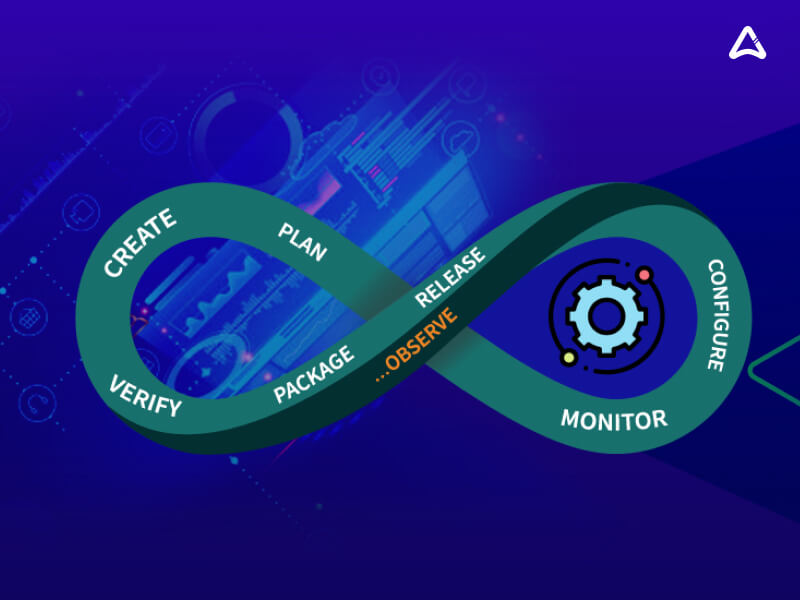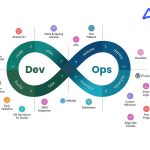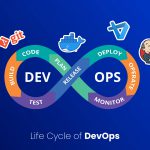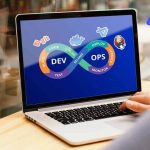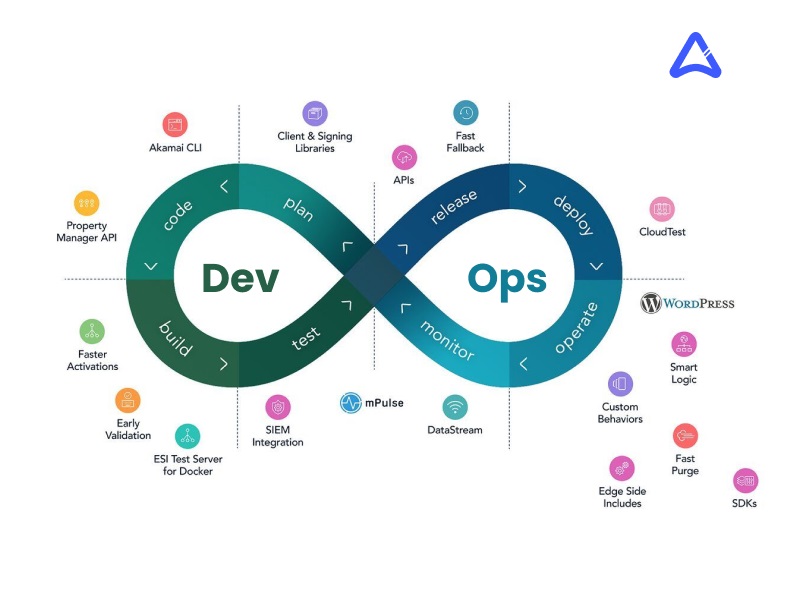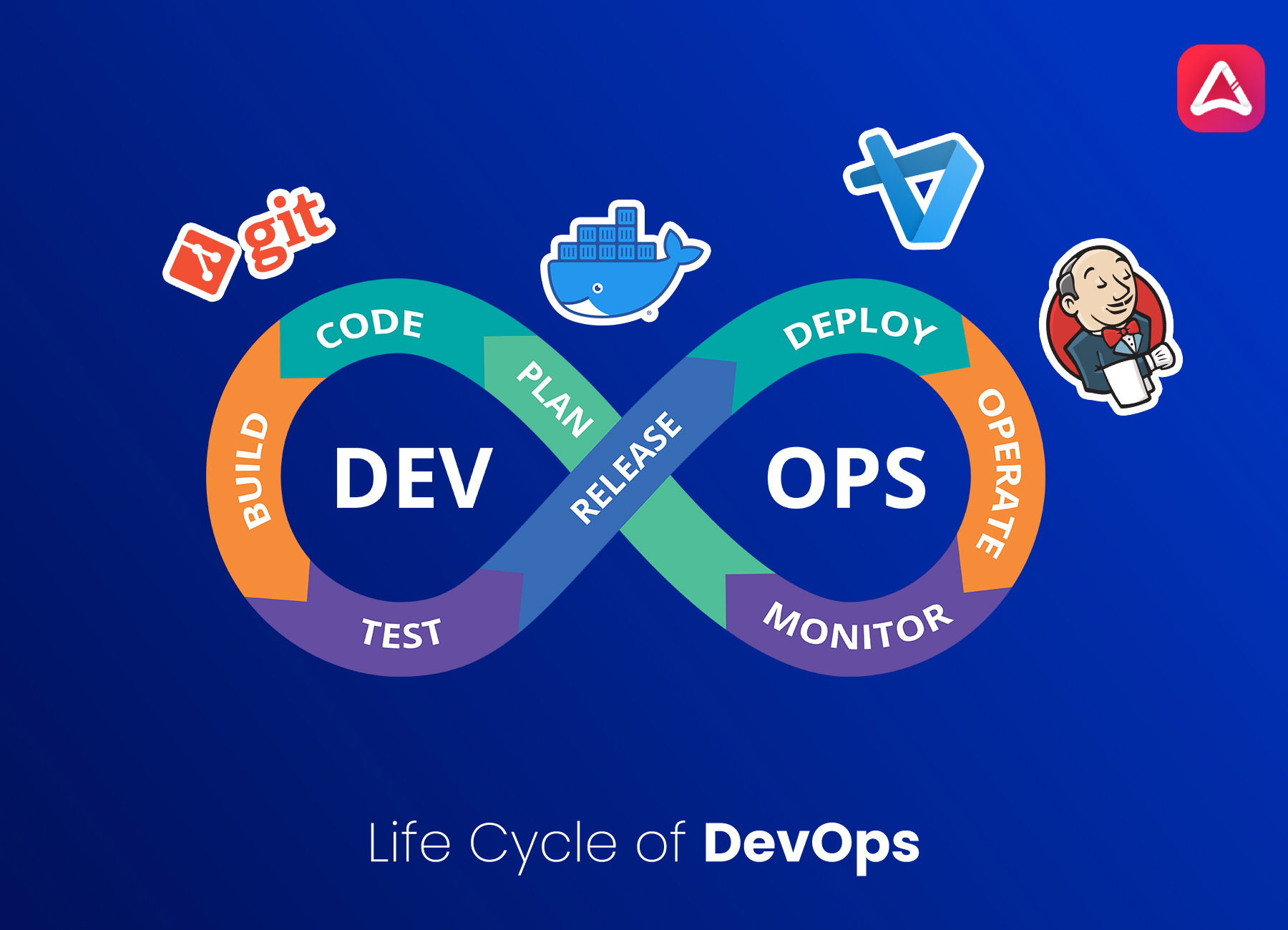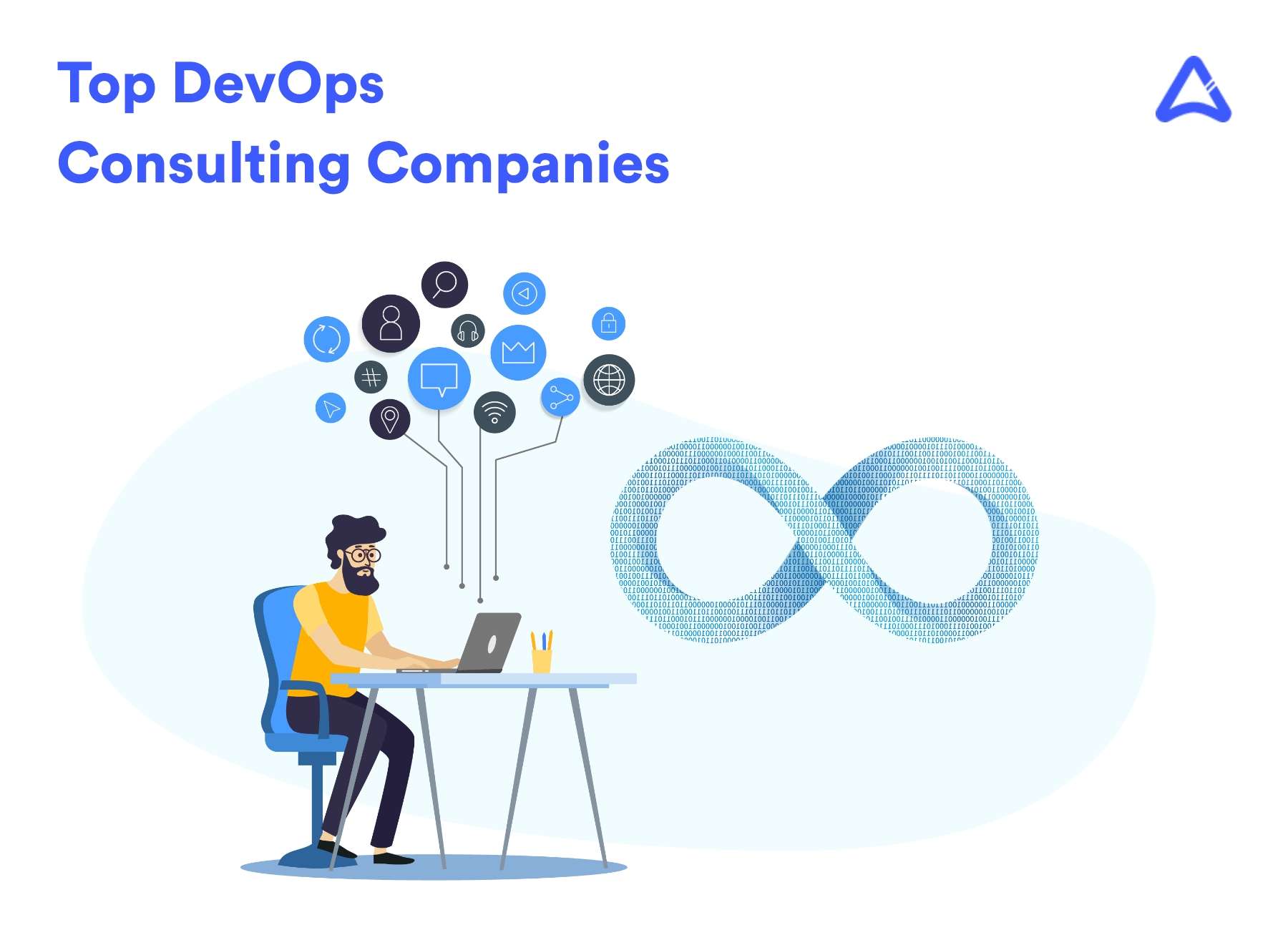The DevOps concept is a comprehensive blend of cultural practices, philosophies, and tools to augment the delivery aspect of an app development process. It is responsible for conducting core activities like implementing agile planning, conducting automated testing, and supervising continuous delivery. The DevOps methodologies induce speed and empower organizations to serve the end-users effectively. However, building and managing a DevOps culture can be daunting. Without a properly planned structure, teams can clash, and miscommunication can cause significant blunders.
That being said, we are here to take you through the different stages of DevOps Culture along with the principles, model, and functioning. Here we go!
Understanding the DevOps Culture
While conducting the development and operations processes, the teams cannot work in isolation and work in a consolidated structure. This is because the success of development and deployment processes is not subject to just a single function. Therefore, they need to develop an array of skills that are not limited to just one attribute.
Some DevOps consulting services build models that include tightly fused quality assurance and security teams throughout the application lifecycle. If the DevOps model primarily focuses on the security team, it is often referred to as DevSecOps. These teams have a defined practice of automating conventionally slow processes. The teams conquer the ‘speed issue’ by deploying technology stacks for an application’s quick and reliable evolution. Using such tech stacks and tools aids the engineers in accomplishing tasks like provisioning infrastructure or deploying code independently. This streamlined structure eliminates the requirement of other teams’ help and boosts the velocity of the entire process.

Adopting the DevOps Culture
Ditching the traditional structure and transitioning to the DevOps culture necessitates a shift in culture and mindset. Incorporating a DevOps model removes all the barriers between two independent siloed teams, operations, and development. While several organizations may not even have separate development and operations teams, the engineers perform both roles. DevOps aids both teams in optimizing the developers’ productivity and inducing reliable operations.
One of the prime benefits of adopting a DevOps culture, meticulously created by a cloud app development company, is streamlined and effective communication amongst the teams that increases an employee’s efficiency and improves the services provided to the end-users. In addition, this culture encourages the team members to take full ownership of their work and responsibility. This induces augmented productivity and aligned work operations. All in all, implementing DevOps methodologies creates a win-win situation for the company and the employees.
Knowing the Best DevOps Practices
Here’s a detailed insight into the paramount DevOps practices usually implemented by the organizations, have a look:
Continuous Integration: Continuous Integration is one such software development practice that encompasses the regular merging of code by the developers. The second step is to transform the code into a central repository, leading to automated builds and successful test runs. The primary motive of this practice is to address bugs as quickly as possible. Furthermore, it improves the software quality and reduces the validation and release time of new software updates.
Continuous Delivery: Continuous delivery is another software development practice that involves building automatically, testing, and preparing code and releasing for production. This practice aids the developers in having a deployment-ready build structure that a standardized test process has thoroughly verified.
Microservices: The microservices structure is a design architecture that develops a single application as a set of small services. The key is to define every service accurately in its process and effectively communicate with the other services. This is possible via a distinct interface that uses a lightweight mechanism, which is basically an HTTP-based application programming interface (API). Developers at API integration services provide companies the liberty to use multiple frameworks or programming languages to write microservice and deploy them as per their convenience.
Infrastructure as Code: The practice Infrastructure as code comprises provisioning and managing the code and software development techniques. The two codes are version control and continuous integration. The API-driven model of the cloud lets the team interact with the infrastructure and configure resources despite manually setting them up.
Therefore, this code empowers engineers to employ code-based tools and treating the infrastructure as equal to application code. Deploy infrastructure and servers by implementing standardized patterns.
Monitoring and Logging: Every organization monitors its metrics and logs to analyze the performance of applications and infrastructure that might impact the end user’s experience. By capturing, categorizing, and then analyzing the data and logs generated by applications and infrastructure – the organization attains an understanding of the changes and the impact updates. Active monitoring is imperative to ensure that the services are available to provide 24/7. Creating alerts or performing real-time data analysis aids companies in monitoring their services intricately.
Communication and Collaboration: One of the primary cultural aspects of DevOps is increased communication and collaboration in the organization. The use of DevOps tooling and automation of the software delivery process sets a collaboration. This happens by bringing the workflows together physically along with responsibilities and workflows of development and operations.
Wrapping Up
The vital principle that a DevOps model relies on is effective tooling, assisting teams to rapidly and reliably deploy and create innovative solutions for their customers. The DevOps tools are responsible for automating manual tasks, empowering the teams to manage complex environments at scale, and streamlining the tasks of developers and designers. Nonetheless, having robust DevOps software is as essential as its deployment. AppStudio, the most sought-after web, and mobile app development company, offers high-end DevOps software and applications that enable businesses of all sizes to streamline their work operations and attain desired profitability. We have an impeccable team of developers and designers who are always on their toes to build next-gen applications using state-of-the-art technologies and tools.
Frequently Asked Questions
A DevOps culture facilitates the smooth functioning of the work structure of an organization by merging two or multiple teams to enhance an app development process.
At AppStudio, we have a brilliant bunch of brains that hold hands-on experience in creating stellar DevOps applications and software to streamline your business operations. So choose us to experience nothing less than perfection.
Some of the prime DevOps practices you can incorporate in your organization are Microservice, Continuous Integration, Continuous Delivery, Infrastructure as Code, Monitoring and Logging, and Communication and Collaboration.
